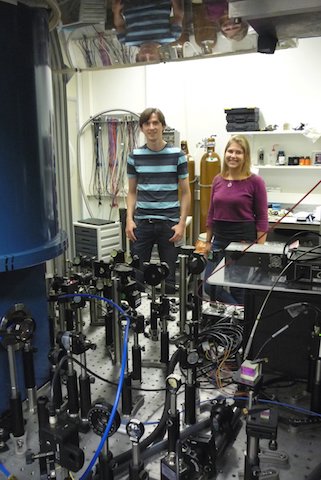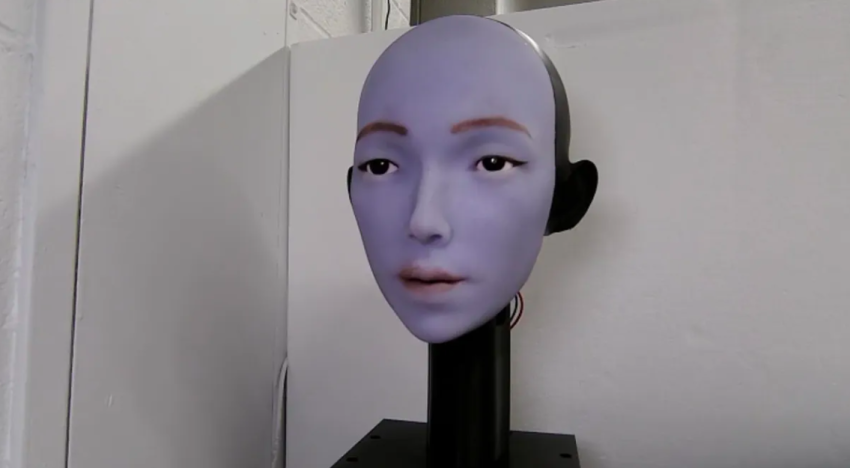
Promising material for quantum communication
An international team of researchers led by the University of Groningen has created quantum bits that send light at a convenient wavelength – approximating the wavelength already used in telecommunications.
The team succeeded in producing a quantum bit (Qubit) in silicon carbide, a semiconductor material. This involved deliberately embedding a defect, an anomaly in the otherwise perfectly regular crystal latticework. In this case, the defect was a molybdenum atom. Yesterday they published their findings in the journal npj Quantum Information.
Silicon carbide is a semiconductor and in the past a lot of impurities have already been detected in the material. ‘People always wanted to avoid impurities as far as possible,’ says lead author Tom Bosma, doctoral candidate at the Zernike Institute for Advanced Materials of the University of Groningen, in a press release. The funny thing is that it's precisely those impurities that Bosma and his colleagues are interested in, as they're what make the quantum bit work.
PRECIOUS STONES
If you illuminate this material with a laser at the right wavelength, the electrons in the outer shell of the molybdenum enter a higher energy level. If such an electron returns to the original state, a photon is emitted, a particle of light. In the case of molybdenum, that light is found in the infrared range, at a wavelength of 1121 nm. The contamination with a molybdenum atom is known as a colour centre, the same mechanism that gives precious stones their fabulous colours.
SAFE ENTANGLEMENT
This principle is interesting to quantum communication researchers. After all, they want to establish communication between two or more quantum bits. The idea is that two quantum bits at a – significant – distance apart, temporarily find themselves in the connected quantum state, known as entanglement. As long as they are entangled, this connection can be used to transmit information between them, primarily using photons (light). And that's also extremely safe, as you cannot eavesdrop on a quantum connection unnoticed.
MATERIALS FOR QUBITS

in their lab in Groningen.
Research into quantum communication is still very much in its infancy. The researchers in Groningen have been focusing on materials that can be used to make qubits. The most popular material so far has been diamond (a very regular lattice with single carbon atoms), in which a nitrogen atom is embedded in a single position, with a hole in the crystal latticework next to it.
This material does very well, but has the disadvantage that the light it emits has a much lower wavelength than is required if you want to use fibre optics to transport the light, for instance. At that wavelength, the losses would therefore be too great.
CHEAP
That’s why there is so much interest in the silicon carbide with embedded molybdenum, which aside from its favourable wavelength, also has other further benefits. ‘It is very cheap compared with diamond, and the semiconductor industry is already used to working with it,’ explains Bosma.
Furthermore, the contaminated silicon carbide is tunable – the properties are adjustable. ‘The material comprises layers with different crystal structures. By varying the sequence of these layers, you create different properties.’ At the location of the molybdenum, atoms of other elements can also be embedded, which creates yet more different properties. The group is interested in vanadium, as that emits light at really convenient wavelengths – around 1300 nm – that are often used in the telecom sector (as well as 1550 nm).
The research led by Caspar van der Wal, Professor of Physics of Quantum Devices, continues. By varying materials, the team ultimately expects to find wavelengths that are standard in telecommunications.
If you found this article interesting, subscribe for free to our weekly newsletter!
Opening image: Impression of how the laser light polarises the spin in silicon carbide. Source: Tom Bosma, University of Groningen







